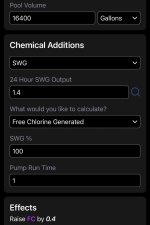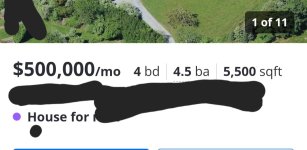For a simple pool with low electricity rates, a small single speed can be a good choice.
You save $1,000.00 on the purchase.
You might use 600 watts vs 200 watts.
400 watts (extra) for 12 hours a day is 4.8 kwh.
At 0.10 per KWH, that is $0.48 per day or $14.40 per month.
$1,000.00/$14.40 = 69 months payback.
That can be about 10 years for a 7 month season.
If the VSP only lasts 10 years, then you get zero benefit.
If you bought the single speed pump and invested the $1,000.00, the investment could double in value to $2,000.00 in the ten years, which makes the single speed pump a better choice.
For a single speed, you can replace the motor at ten years for about $350.00 vs. buying another VSP for $2,000.00.






















